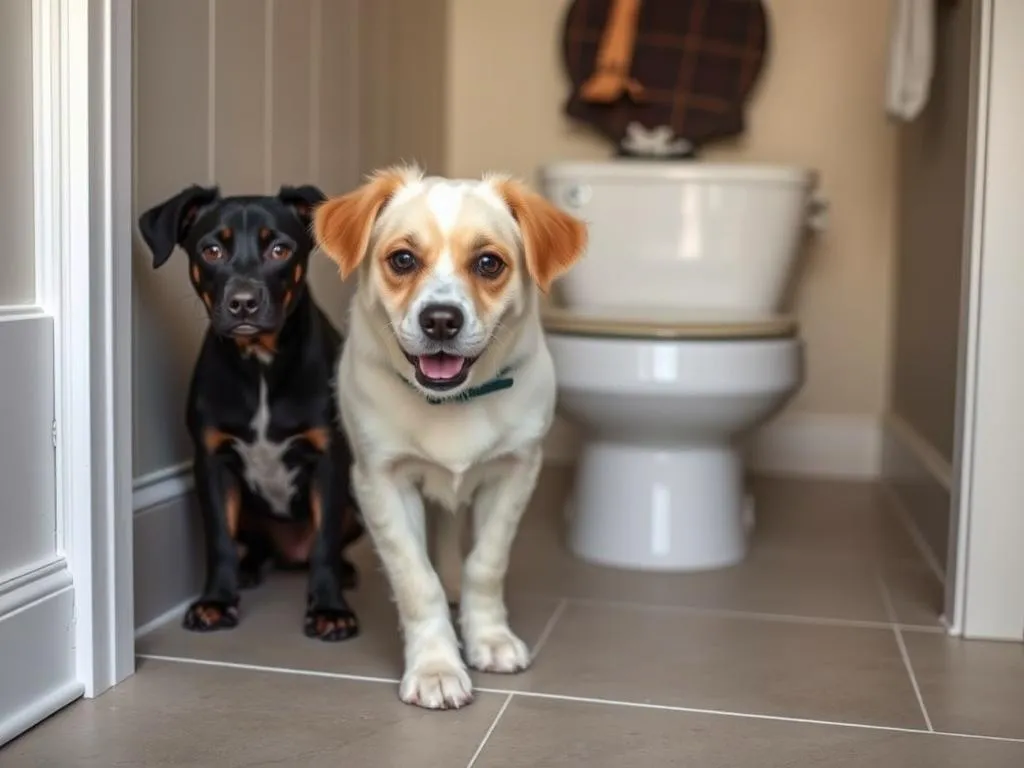
Introduction
Potty training is one of the most essential skills to instill in your furry friend. For both new and seasoned pet owners, understanding the nuances of potty training can significantly impact the overall experience of dog ownership. A well-potty-trained dog not only contributes to a cleaner home environment but also fosters a more harmonious relationship between the pet and owner.
In this article, we will delve into the intricacies of potty training, answering the key question: how long will it take to potty train dogs? By understanding the timeline and various influencing factors, pet owners can set realistic expectations and create effective training strategies.
Understanding Potty Training
What is Potty Training?
Potty training, in the context of dog ownership, refers to the process of teaching your dog where and when it is appropriate to relieve itself. This can involve both indoor and outdoor training methods, depending on the owner’s preference and living situation. Indoor potty training typically involves using pads or designated areas, while outdoor training encourages dogs to relieve themselves outside.
The Importance of Potty Training
Potty training is crucial for several reasons. First and foremost, it helps maintain a clean and hygienic living space. Accidents can lead to unpleasant odors, stains, and potential health hazards. Additionally, a well-trained dog exhibits better behavior, which can enhance the overall atmosphere of the household. Dogs that are successfully potty trained also tend to experience less anxiety and stress, as they understand what is expected of them.
Factors Influencing Potty Training Duration
Age of the Dog
One of the most significant factors affecting how long it will take to potty train dogs is the age of the dog. Puppies, generally between 8 weeks and 6 months old, are often easier to train, as they are still in the developmental phase and more receptive to learning. Adult dogs, on the other hand, may require more time and patience, especially if they have previously established habits.
Breed Differences
Different dog breeds exhibit varying temperaments and intelligence levels, which can influence potty training timelines. For example, breeds known for their eagerness to please, such as Labrador Retrievers and Golden Retrievers, may take less time to potty train compared to more independent breeds like Bulldogs or Borzois. Understanding breed tendencies can help set realistic expectations for training duration.
Individual Temperament
Just as with humans, each dog has its own unique personality. Some dogs may be naturally more stubborn, while others are eager to learn and please their owners. A dog’s individual temperament can significantly affect the potty training process, making it essential to tailor your approach based on the dog’s personality traits.
Training Methods Used
The method you choose for potty training can also impact how long it takes. Popular methods include crate training, paper training, and outdoor training. Each method has its own set of advantages and challenges. For example, crate training often leads to quicker results as dogs naturally avoid soiling their sleeping area, while paper training may require more time as the dog learns to transition to outdoor potty habits.
Consistency and Environment
Consistency is key in potty training. Establishing a regular schedule for potty breaks and sticking to it can help reinforce good habits. Additionally, the environment plays a significant role in training duration. Dogs with easy access to outdoor spaces may learn more quickly than those confined to small apartments without easy access to a yard.
Typical Timeframes for Potty Training
General Timeline
On average, how long will it take to potty train dogs? Most puppies can be successfully potty trained within 4 to 6 months. However, this timeline can vary based on the factors discussed above. Adult dogs may take longer, especially if they have ingrained habits that need to be unlearned.
Milestones in Potty Training
As you embark on the potty training journey, it’s essential to recognize key milestones that indicate progress. Some milestones include:
- The first successful outdoor potty.
- Reduced accidents indoors.
- Increased frequency of successful potty breaks in the designated area.
- The dog signaling their need to go outside.
Signs of Progress
Being aware of signs that indicate your dog is becoming potty trained can be incredibly helpful. Look for behaviors such as:
- Going to the door to signal they need to go out.
- Consistently using the designated potty area.
- Reduced accidents in the house.
It’s also essential to recognize setbacks, which can be a normal part of the process. Understanding that setbacks happen can help you remain patient and persistent.
Common Challenges in Potty Training
Accidents and Setbacks
Accidents during the potty training period are common and can be attributed to various factors. Some common reasons include:
- Infrequent potty breaks.
- Lack of supervision.
- Changes in the dog’s environment or routine.
To handle setbacks effectively, it’s important to remain calm and not punish the dog. Instead, clean up accidents thoroughly to remove any lingering scent, which may encourage the dog to return to the same spot.
Behavioral Issues
Anxiety or stress can significantly affect potty training. Dogs that feel anxious may have difficulty focusing on training. Providing a calm, positive environment and using gentle encouragement can help ease these behavioral issues. If anxiety persists, consulting a veterinarian or a professional dog trainer may be beneficial.
Time Constraints
For many pet owners, busy lifestyles can hinder successful potty training. If you find it challenging to dedicate time to training, consider adjusting your schedule or enlisting the help of family members. Creating a consistent potty routine is crucial and can be adapted to fit a busy lifestyle by scheduling regular potty breaks around your commitments.
Tips for Successful Potty Training
Establishing a Routine
Establishing a consistent potty schedule is crucial for successful potty training. Take your dog out:
- After meals.
- After naps.
- After playtime.
- Before bedtime.
By following this routine, your dog will begin to associate these activities with potty breaks.
Positive Reinforcement Techniques
Positive reinforcement is one of the most effective methods for potty training. Reward your dog with treats or praise immediately after they successfully use the designated potty area. This encourages them to repeat the behavior. Be sure to choose rewards that your dog finds motivating, whether it’s a favorite treat, verbal praise, or a quick play session.
Creating a Designated Potty Area
Having a specific area for potty training can significantly enhance the process. Choose a location that is easily accessible and consistent so that your dog can quickly learn where they need to go. Maintain this area by keeping it clean and free from distractions.
Monitoring Progress
Tracking your dog’s progress can help you stay motivated and identify any areas that may need additional focus. Keeping a journal of potty breaks, successes, and setbacks can provide valuable insights into your dog’s training journey. Remember, patience and adaptability are key components of successful potty training.
Conclusion
In summary, how long will it take to potty train dogs is influenced by various factors, including age, breed, individual temperament, training methods, and consistency. A general timeline for potty training is typically 4 to 6 months, although this can vary.
By establishing a routine, utilizing positive reinforcement techniques, creating a designated potty area, and monitoring your dog’s progress, you can set your furry friend up for successful potty training.
With patience and consistency, you can embrace the training process, fostering a stronger bond with your dog and enjoying a cleaner, happier home. Remember, every dog is unique, and your training approach may need to be tailored to fit your specific situation.









